Expectations to create a "boost"
Early morning of September 10, Apple officially launched a series of new products, notably the iPhone 17 and especially the iPhone Air. The iPhone Air has made a strong impression on the technology world when it owns the thinnest design among the recently launched phone lines.
“iPhone Air is so thin and light it seems to disappear in your hand,” said John Ternus, Apple’s senior vice president of Hardware Engineering.
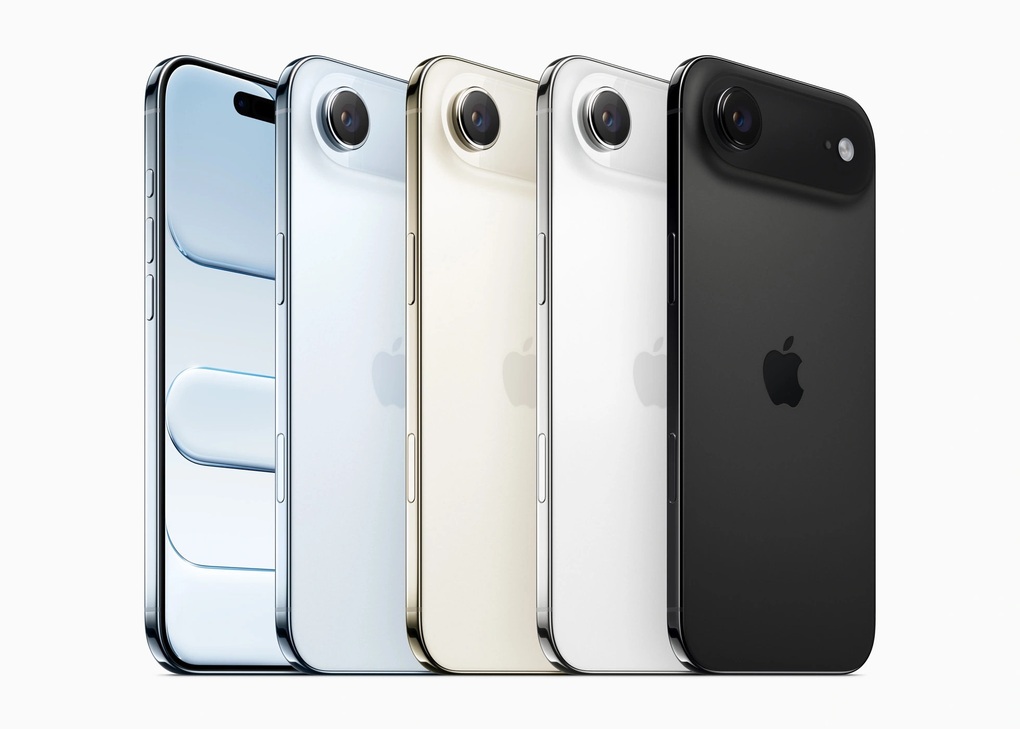
Launch image of iPhone Air (Photo: Apple).
In recent years, the smartphone market has witnessed saturation as new products from Apple and competitors only bring minor upgrades in battery, screen or camera, making users less interested.
However, the iPhone Air with its unique design is expected to change this situation, convincing consumers to "open their wallets" instead of waiting for not-so-different technological improvements.
Many analysts believe that the iPhone Air could create a new "cycle" for Apple, similar to the success of the previous iPhone 6.
Francisco Jeronimo, an analyst at International Data Corporation (IDC), commented: “The new iPhone 17 series represents the biggest design overhaul since Apple launched the iPhone X. This is one of the strongest reasons for users to upgrade their phones.”
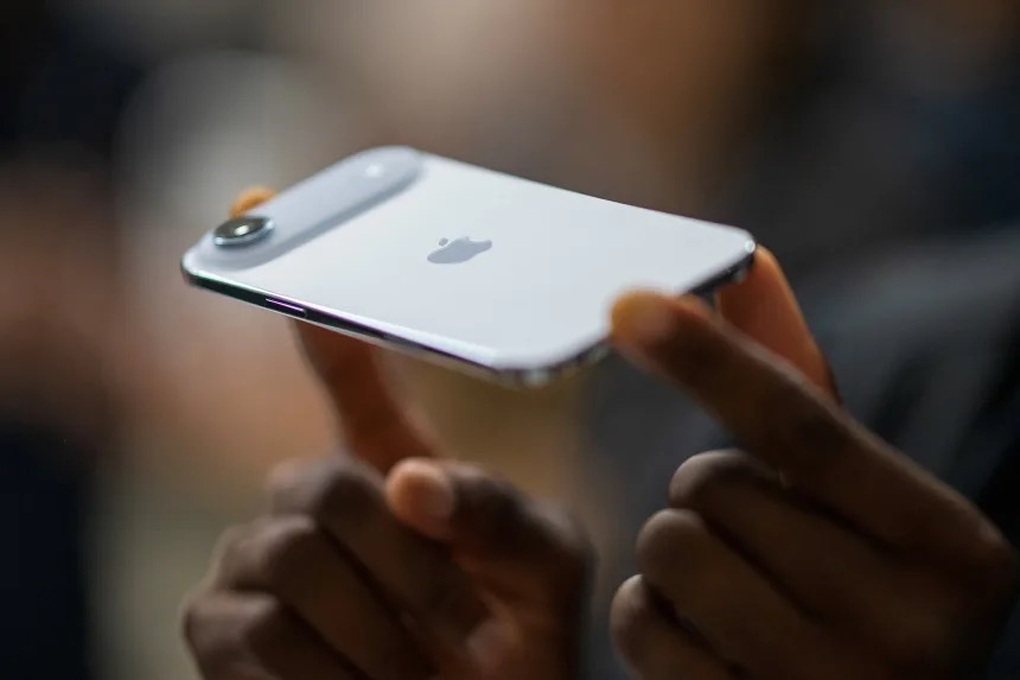
The iPhone Air is expected to create a new breakthrough in iPhone design in the near future (Photo: Getty).
Global smartphone market faces challenges
Global smartphone sales have been in a tough spot. According to IDC, the fourth quarter of 2022 saw its sharpest decline ever. Counterpoint Research also reported that the market will decline for eight consecutive quarters by 2023.
The situation shows signs of slight improvement as IDC records a growth of 1.4% in the second quarter of 2025, although it is still affected by tariff fluctuations and global inflation.
People also tend to keep their phones longer. A study by Consumer Intelligence Research Partners found that 68% of US users upgrade their phones because they need to replace them due to a problem (weak battery, broken screen) rather than because of new features.
Mr. Angelo Zino, technology analyst at CFRA Research, predicts that iPhone 16 sales (launched in September 2024) will be lower than previous years, creating great pressure on iPhone 17 and iPhone Air.
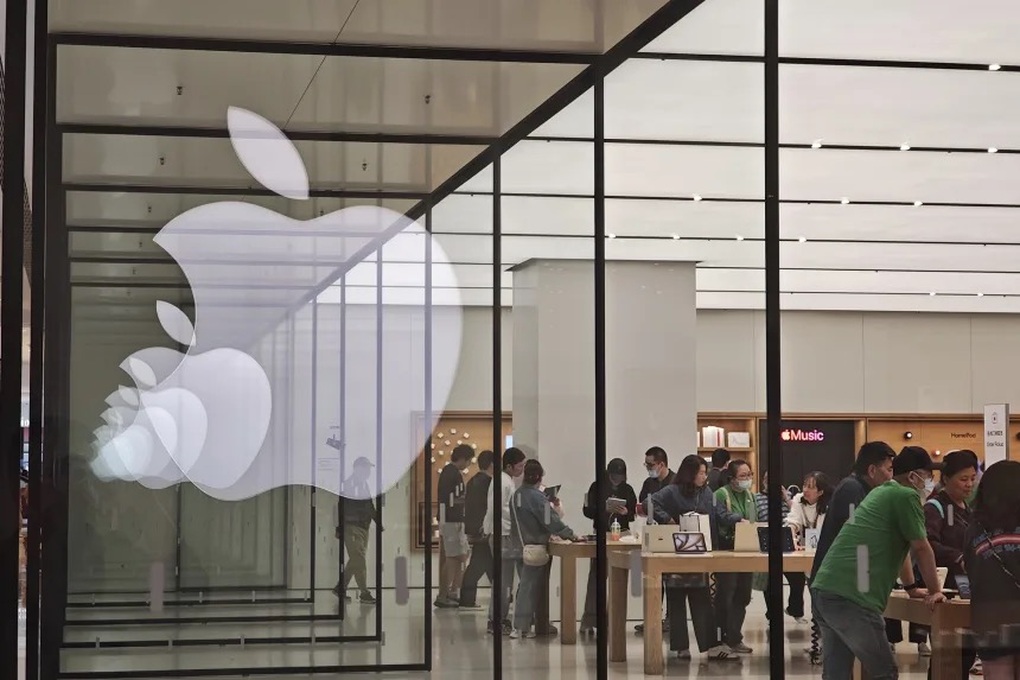
According to IDC, the iPhone is still one of the most popular smartphones in the world , accounting for 15.7% of the global smartphone market share (Photo: AP).
Apple's rivals are also trying to innovate. Samsung recorded a 25% increase in pre-orders for the Galaxy Z Fold7 and Z Flip7 compared to the previous generation. Meanwhile, Apple has not yet launched a foldable phone, but is preparing for the future by developing software and wearables such as the Apple Watch and AirPods.
iPhone Air: A breath of fresh air for design and technology
Since the iPhone X (2017) with the removal of the physical home button and the integration of Face ID, the iPhone interface has not had many groundbreaking changes. The iPhone Air, with its impressively thin design and only one rear camera, is expected to attract users who are looking for a new style rather than just interested in upgrading technology.
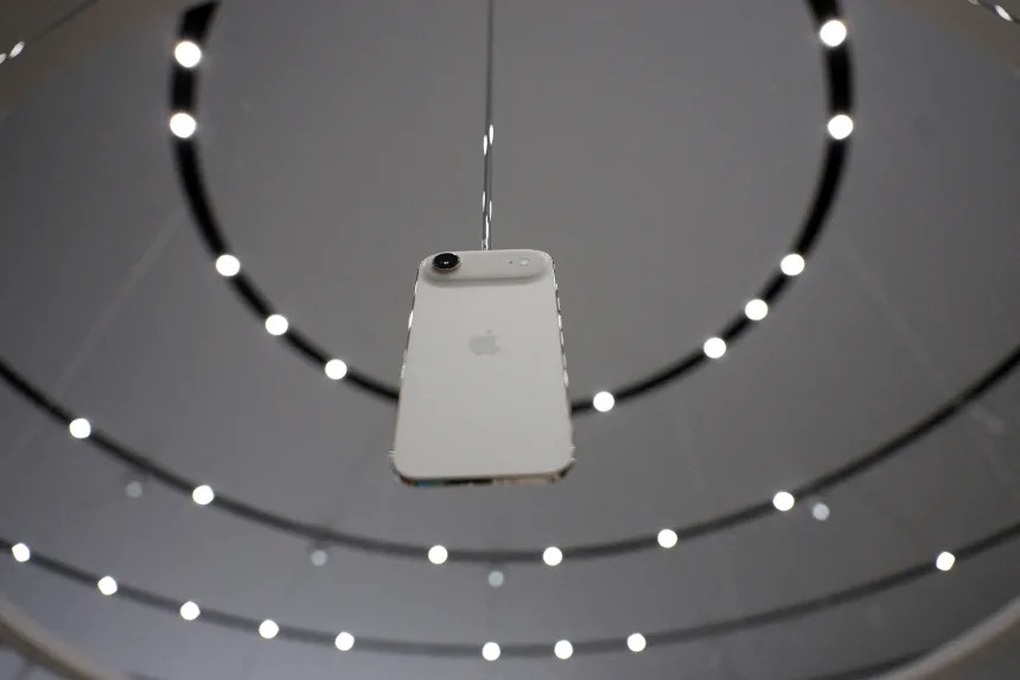
The iPhone Air was displayed during Apple's event at the Steve Jobs Theater on September 9 (Photo: Reuters).
“Having a fresh design could be a factor in getting people to upgrade in the next 12 to 18 months,” said Dan Ives, an analyst at Wedbush Securities. He estimates that about 315 million of the 1.5 billion iPhone users worldwide have not upgraded their phones in the past four years.
With a thickness of only 5.6mm, the iPhone Air not only impresses aesthetically but also shows that Apple is moving towards more innovative designs, especially in the context of the folding phone race heating up. Optimizing thinness will be a big advantage if Apple enters this market, solving the bulky problem of current folding phone models.
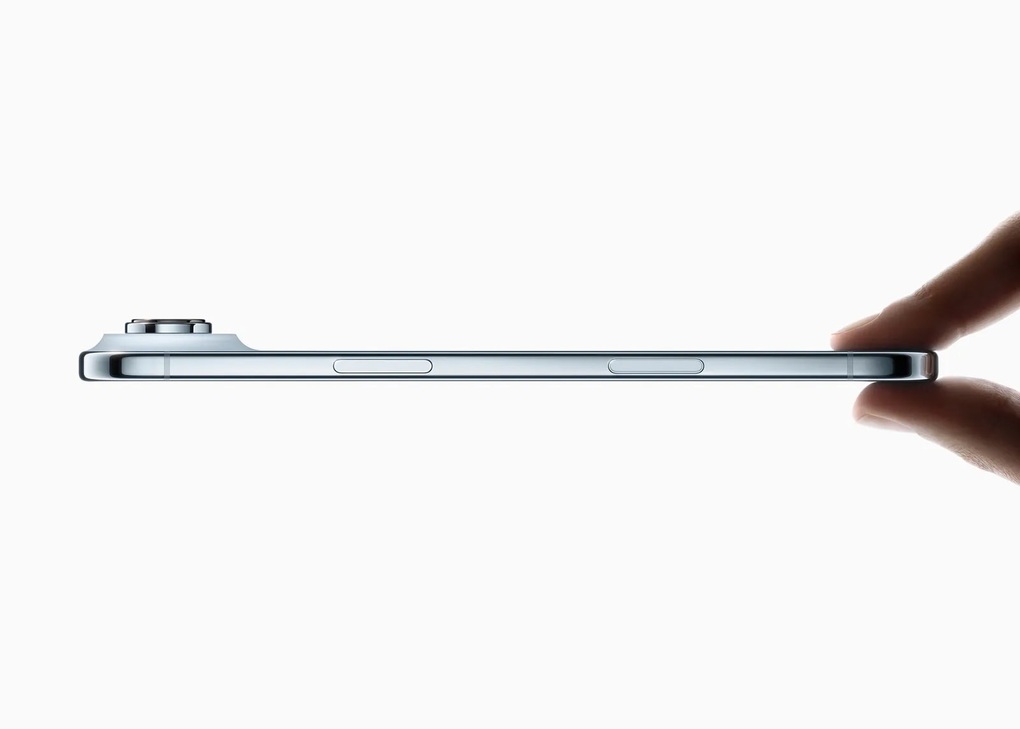
The impressive thinness of the iPhone Air: only 5.6mm (Photo: Apple).
The iPhone Air also features an Apple-designed N1 wireless chip that supports WiFi 7 and Bluetooth 6. These improvements could be an important stepping stone to a future portless iPhone that relies entirely on wireless technology.
These innovations come as AI-powered tech devices like smart glasses are emerging, potentially replacing some of the smartphone’s functions. Meta, Google, and Samsung are investing in smart glasses that can analyze the environment and answer questions, while OpenAI is working with former Apple design chief Jony Ive to develop a mysterious AI device.
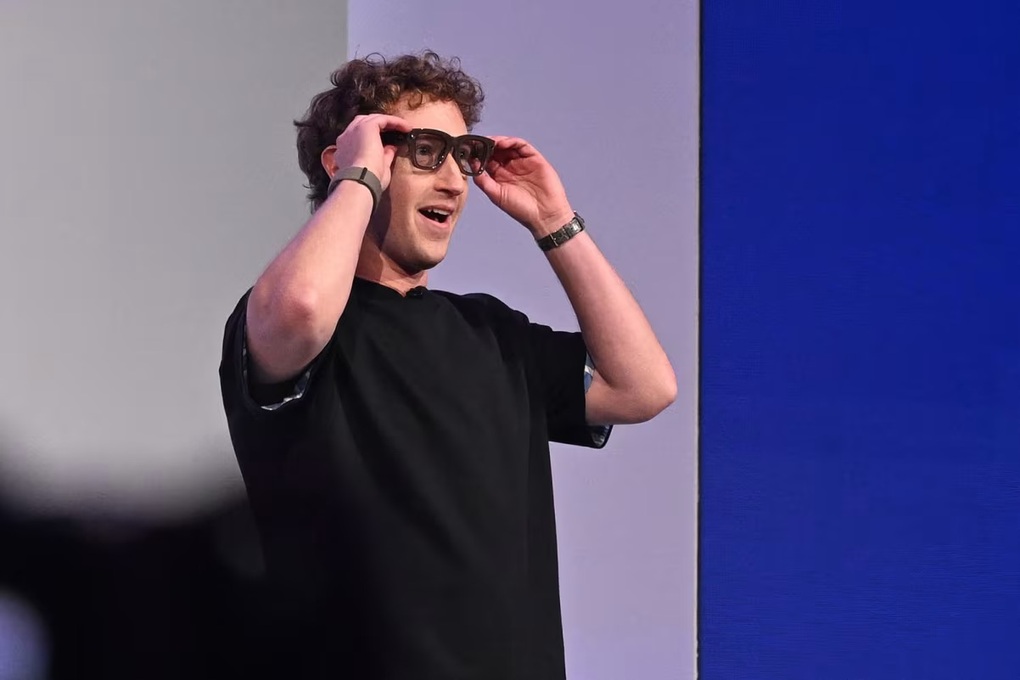
Meta CEO Mark Zuckerberg introduces the new Meta Ray-Ban Display smart glasses at an event on September 17 in California (Photo: AP).
However, smartphones will not disappear completely but may change their role, just as desktop computers and laptops are still widely used.
Eddy Cue, Apple's senior vice president of services, once admitted: "In 10 years, you may not need an iPhone anymore." The iPhone Air could be Apple's first step in preparing for major changes in the future of the technology industry.
Source: https://dantri.com.vn/cong-nghe/iphone-air-lieu-co-thay-doi-chien-luoc-cua-apple-trong-thoi-gian-toi-20250918134040372.htm


![[Photo] Prime Minister Pham Minh Chinh chairs the first meeting of the Central Steering Committee on housing policy and real estate market](https://vphoto.vietnam.vn/thumb/1200x675/vietnam/resource/IMAGE/2025/9/22/c0f42b88c6284975b4bcfcf5b17656e7)
































![[Photo] General Secretary To Lam presents the First Class Labor Medal to the Vietnam National Energy and Industry Group](https://vphoto.vietnam.vn/thumb/1200x675/vietnam/resource/IMAGE/2025/9/21/0ad2d50e1c274a55a3736500c5f262e5)































































Comment (0)